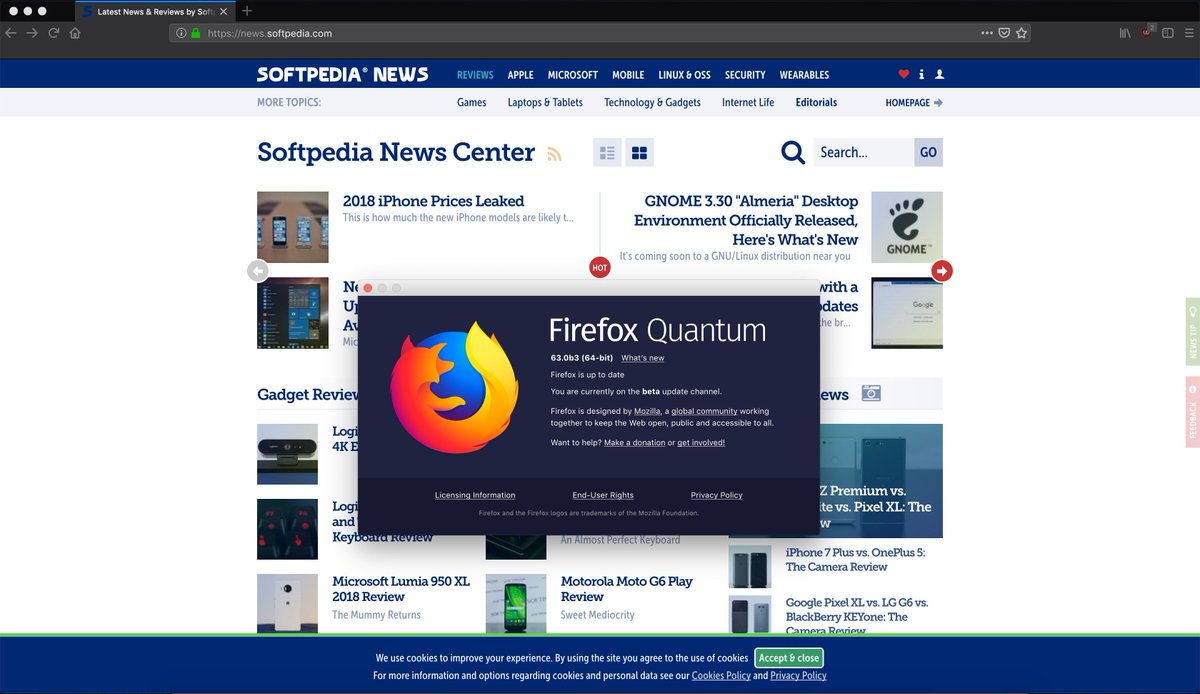

Open it in preview, select all (Cmd-A) and press copy (Cmd-C).


Cross-browser testing is pretty essential when developing web sites.



Open it in preview, select all (Cmd-A) and press copy (Cmd-C).


Cross-browser testing is pretty essential when developing web sites.
